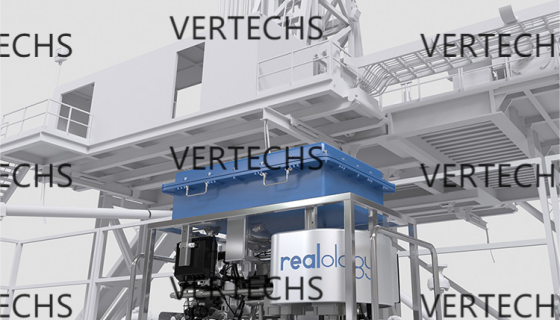


Managed Pressure Drilling (MPD) reshapes the way managed pressure drilling companies approach oil and gas drilling. This advanced technology gives engineers control over well pressure, keeping it steady and secure. By managing pressure actively, MPD turns risky drilling conditions into manageable tasks. Engineers can now drill with precision, even in areas with high pressures that once caused serious issues.
Here’s a complete look at what MPD is and how it works.
MPD is a technique that allows engineers to control the pressure inside the well throughout the drilling process. Unlike traditional methods that rely solely on mud weight to balance pressure, MPD uses real-time adjustments to keep pressure stable. This approach reduces the chance of unexpected issues and creates a safer environment. With MPD, engineers drill in areas that were once considered too risky or difficult.
MPD equipment constantly measures and adjusts pressure as drilling progresses. This system makes drilling smoother by allowing quick responses to any pressure shifts. Here are the main MPD tools:
An RCD acts like a pressure shield at the well’s top. It prevents gas or fluids from escaping, allowing engineers to handle pressure shifts with control.
The choke manifold uses valves and chokes to adjust the flow of fluids and gases. It keeps pressure steady by adjusting flow rates in response to changes.
The back pressure pump adds pressure as needed to keep the well balanced. When pressure dips, the pump responds to bring stability.
The flow meter calculates the amount of fluid going in and out. Engineers read this data to check for changes and make any needed adjustments.
As oil and gas drilling reaches deeper, the process becomes more complex. Traditional methods often struggle with high-pressure zones, leading to risky “kick” situations. A “kick” happens when pressure pushes back, which can lead to a blowout. MPD’s active pressure control helps prevent such risks, making it a vital technology for modern drilling.
MPD reduces the risk of sudden pressure spikes, keeping both the crew and the environment safer. It guards against unexpected incidents, creating a secure workplace.
By managing pressure, MPD keeps projects on track. Engineers avoid delays and finish tasks faster. MPD saves both time and resources by preventing downtime.
MPD opens doors to new reserves by allowing safe drilling in high-pressure areas. With MPD, companies reach deeper and harder-to-reach deposits.
MPD helps prevent spills and blowouts, minimizing environmental harm. With controlled drilling, companies stay in line with regulations and reduce their footprint.
MPD includes several approaches, each suited to specific drilling needs. These methods adapt to unique pressures and conditions. Here’s a look at some common MPD methods:
CBHP keeps pressure steady by adjusting back pressure in the well. This method ensures balance, making it useful for wells with unpredictable pressures.
DGD uses two fluid densities to manage pressure, especially useful in deepwater drilling. The system balances pressure at different depths, creating a “dual gradient.”
MCD works well in wells with unexpected fluid flow. Instead of blocking the flow, MCD uses heavy mud to cap it, letting engineers continue safely.
Each MPD method offers unique strengths and is selected based on the project’s specific challenges. These variations make MPD adaptable for many drilling scenarios.
MPD offers clear benefits, but it also has challenges. Here are some of the common issues and solutions within the MPD process:
MPD equipment involves advanced technology that requires regular maintenance. Managed pressure drilling companies invest in high-quality equipment and consistent upkeep to prevent failure. Routine inspections and backup systems help avoid setbacks.
While MPD equipment can be costly, the benefits often cover the expense. MPD’s ability to prevent delays and incidents leads to long-term savings for companies.
Operating MPD systems requires specialized training. Companies provide hands-on training, preparing their team to manage MPD systems effectively.
As the industry faces tougher drilling conditions, MPD will continue to play a crucial role. Its precision and safety features make it well-suited for new projects. MPD technology constantly evolves, offering even more control over pressure. The industry benefits from the safety and efficiency of MPD, making it a key tool for future exploration.
MPD brings unmatched control and safety to modern drilling. With its range of tools and systems, MPD lets engineers drill into new, challenging locations. MPD offers increased efficiency, safety, and environmental protection, all while reducing costs over time. As drilling advances, MPD will stand as a powerful solution for handling complex pressures, opening new frontiers in oil and gas exploration.
Vertechs, a leading international energy technology company, stands ready to support these advancements. Vertechs provides top-notch products and services, driven by a commitment to customer value. For advanced MPD solutions, turn to Vertechs for unmatched expertise and support.
Read Our One More Blog(1): MPD Drilling Applications: From Deepwater to Geothermal
Read Our One More Blog(2): Navigating Success: Vertechs Group Pioneers Drilling Fluid Innovation for Enhanced Performance